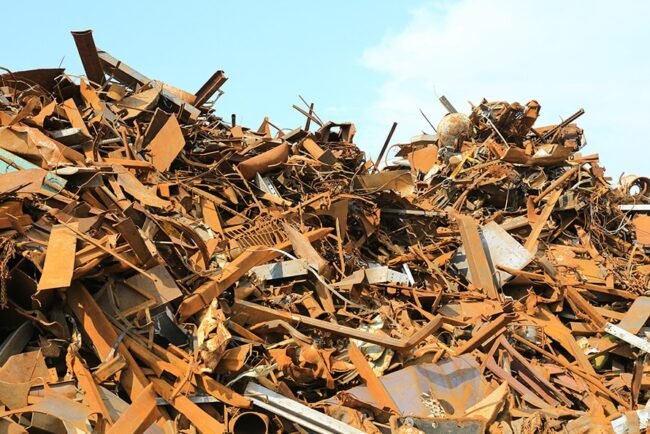Global Ferrous scrap was consumed 588 million tonnes last year, a 5% decrease from 2022. The SHREE METAL PRICES statistics supports this. China, which consumes 42% of the world’s scrap, raised its imports of this raw material by 5% year over year to 237 million tonnes last year, according to SHREE METAL PRICES.
7 of the other ten large purchasers—collectively consuming over 310 million tonnes of imported scrap—cut back on their intake in comparison to 2022.
This raw material is becoming less and less used in the steel industry. In the steel industry, the ratio of iron ore to scrap was 70:30 in 2023 (it was 69:31 in 2021). The amount of iron ore used to make steel increased to roughly 2.5 billion tonnes last year, a 4% rise.
Lower steel output in Turkey and other important South Asian markets, along with a decline in the global scrap trade, were the main causes of the overall drop in scrap consumption worldwide. Exporting countries’ restrictions also had an impact on this.
Specifically, the UAE prolonged the existing ban on scrap exports by 3 months, until December 19, in October 2023. In May 2020, the ban was initially enforced for a four-month period. And it was later extended to aid the nation’s steel industry.
Japan, the world’s largest exporter of scrap, relied on environmental protection policies to export 5.5 million tonnes of this raw material in the first ten months of 2023 after shipping 7-9 million tonnes in 2018–2020. In the EU, export restrictions on scrap are also being considered.
Global Factors Contributing to the Decline in Scrap Consumption
Market players predict that scrap consumption will stay low until February in the short and medium terms. However, because of the Red Sea shipping crisis, prices for March offers have already increased by $15–20/t. Some sources, however, think that this development is transient and won’t affect supply and prices in the long run.
Longer term, as more people adopt greener steelmaking techniques, the consumption of scrap will rise. However, in order to meet their own decarbonisation goals, many governments have already placed restrictions on it or are in the process of outlawing its export. As a result, its availability will decrease.
As previously reported by SHREE METAL PRICES, global scrap prices reached their highest point since May 2023 early in December of last year. Since the end of October, an increasing trend has been noted.
Due to its abundant supply, only China defied this trend. Even though the market anticipated a short-term spike in the price of raw materials.
